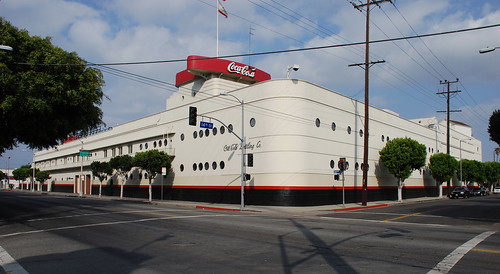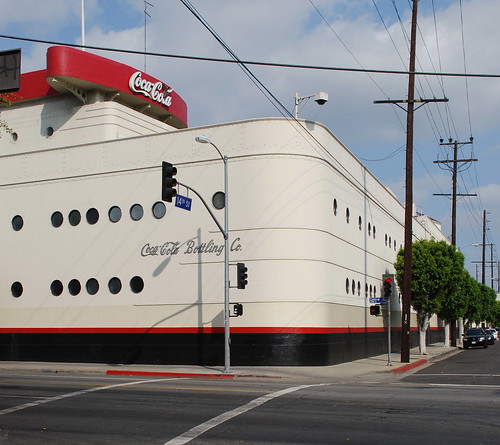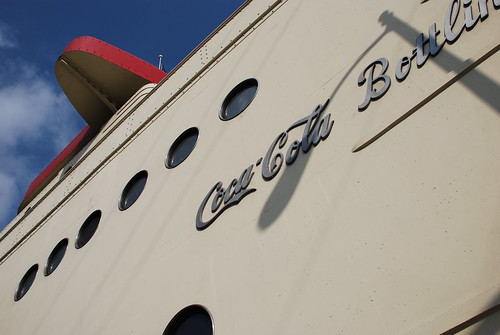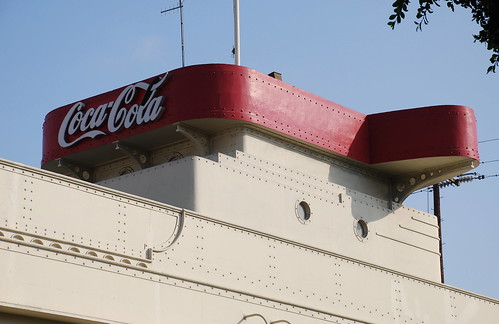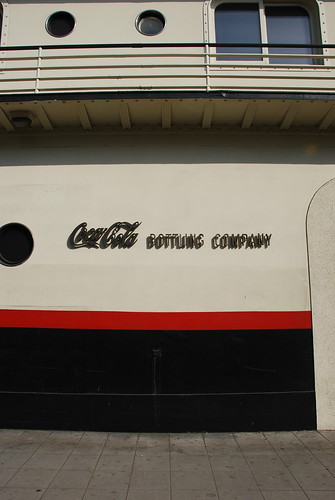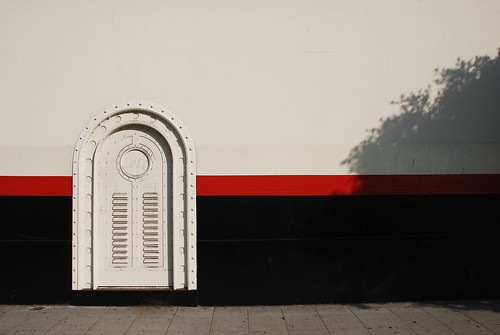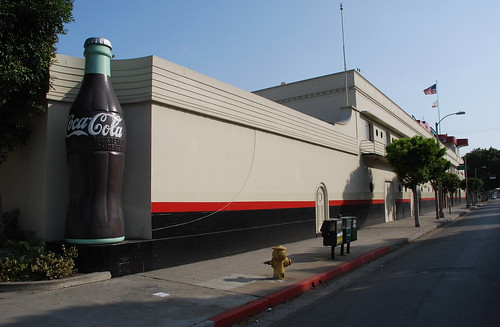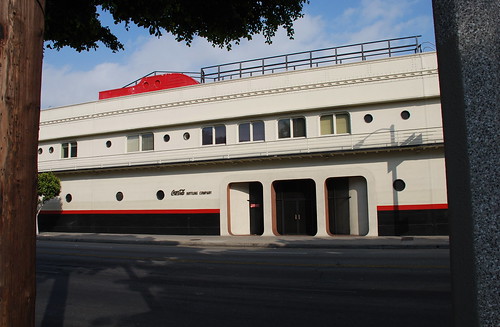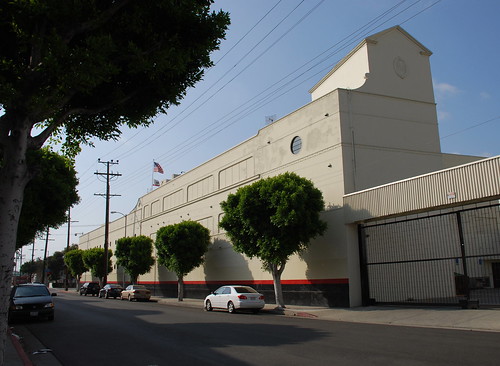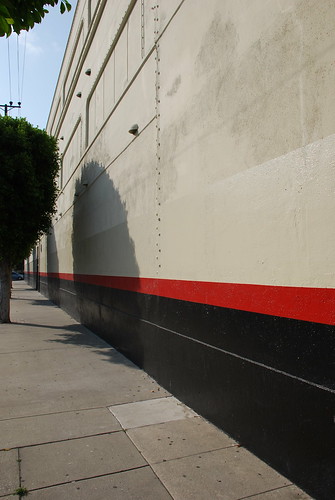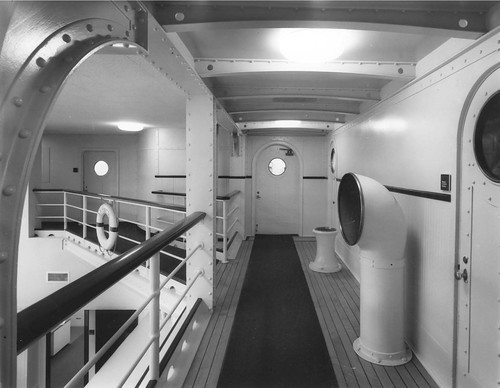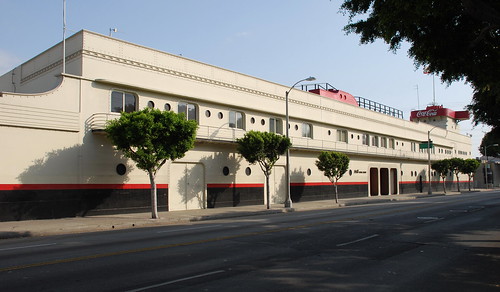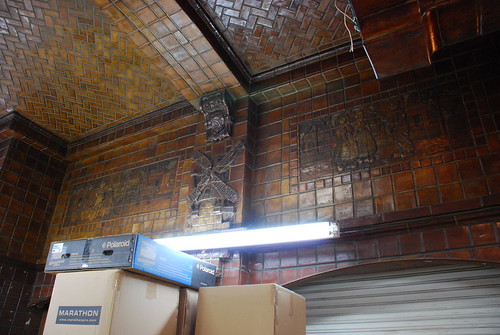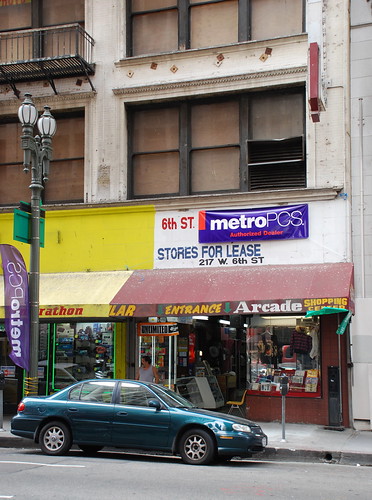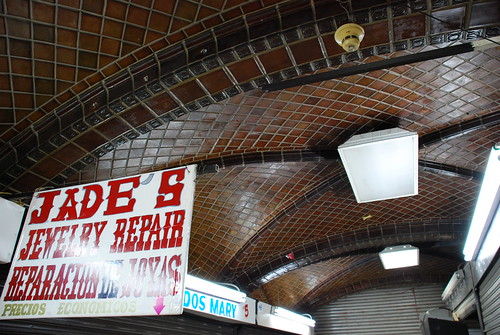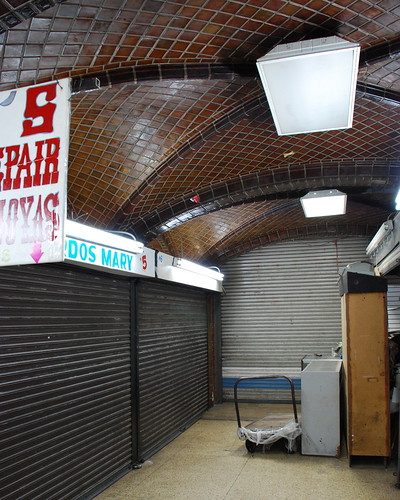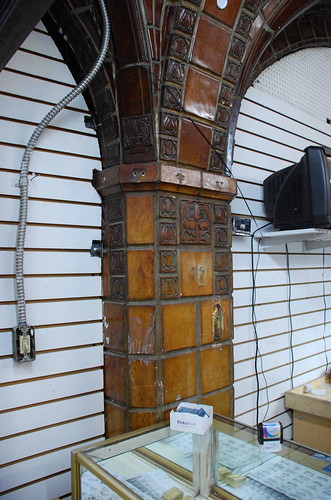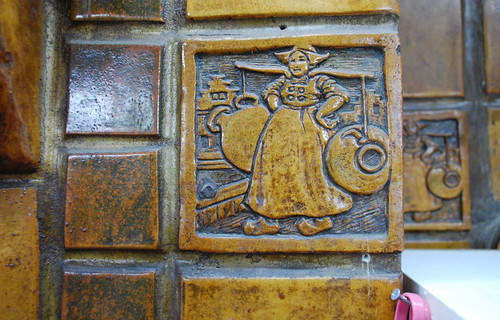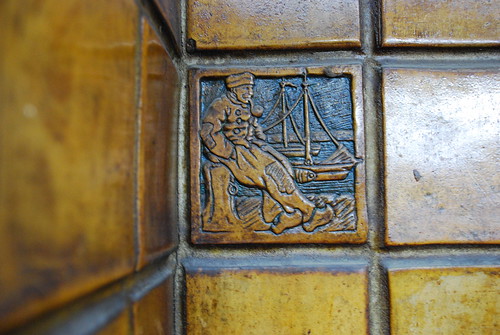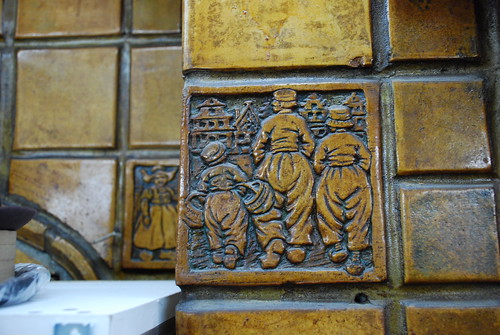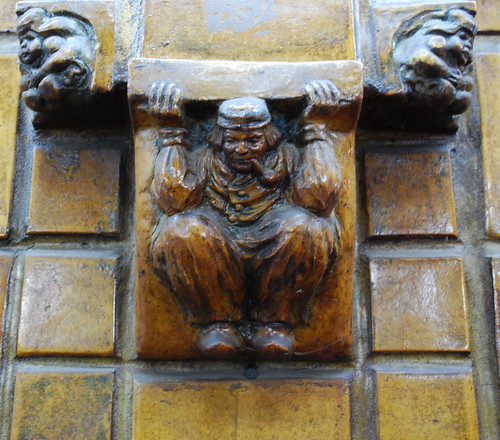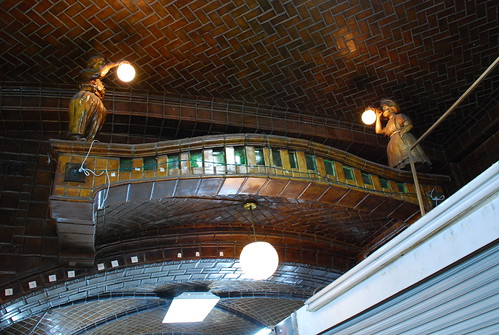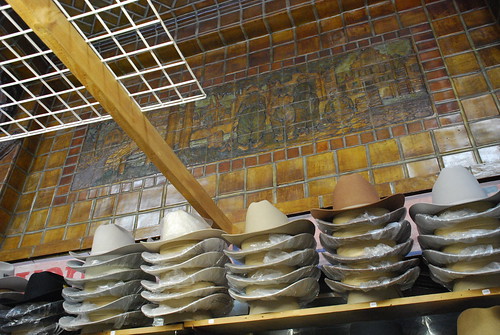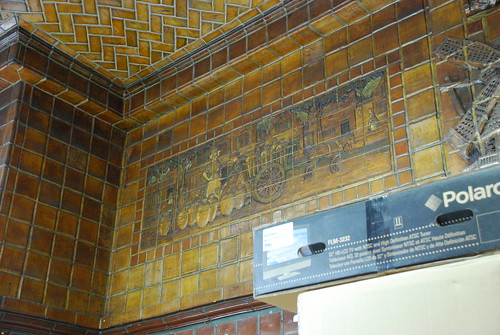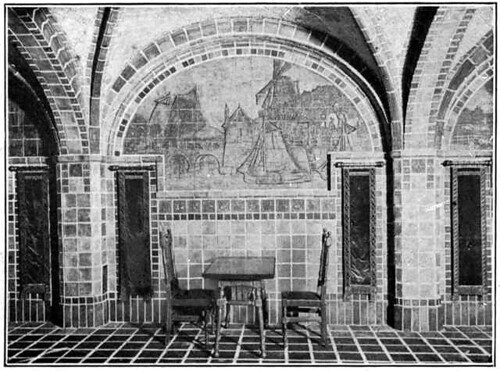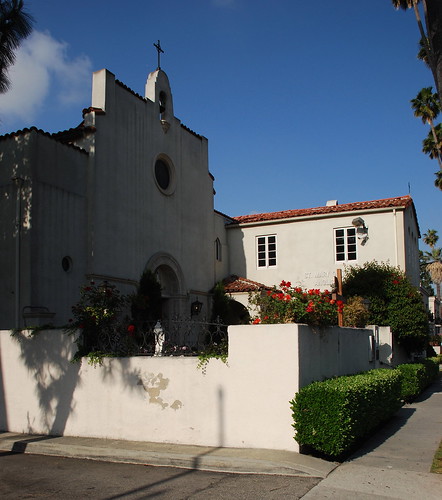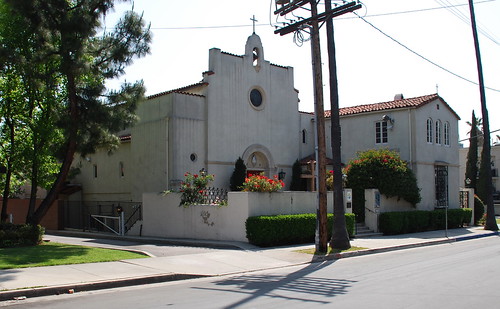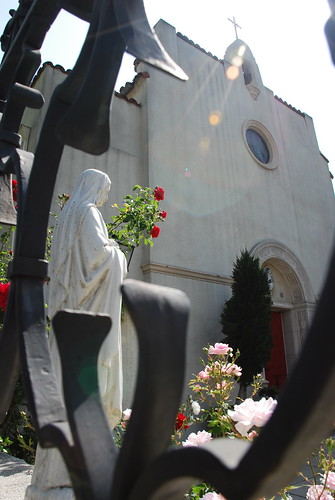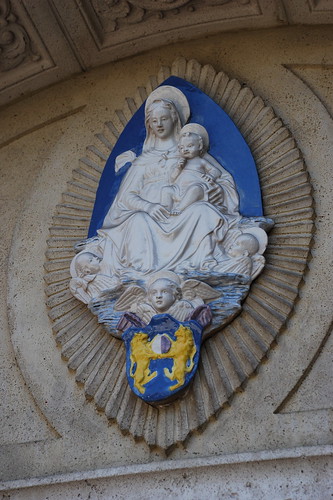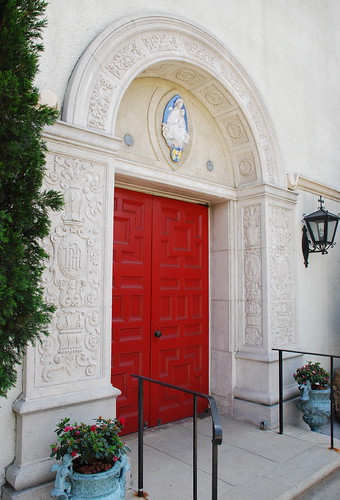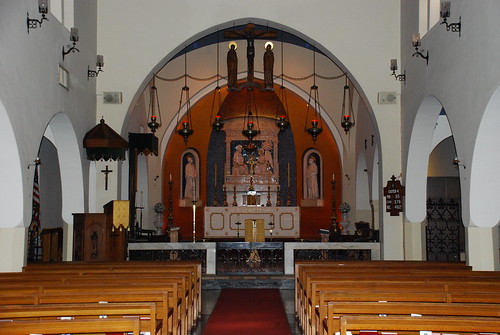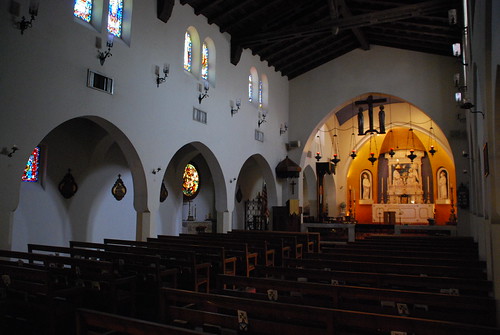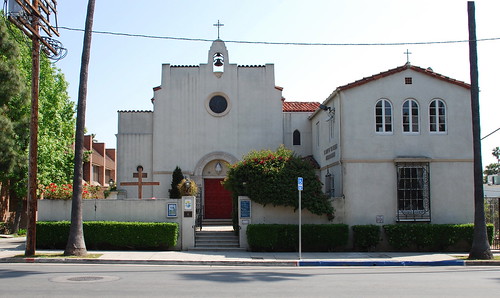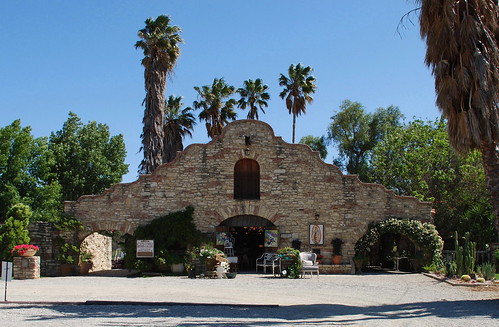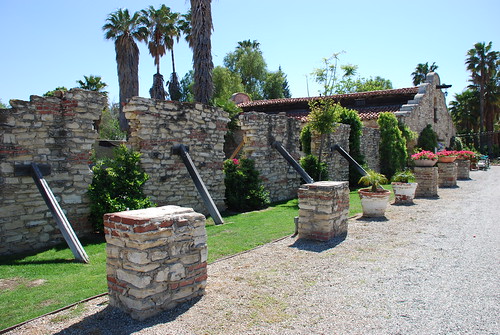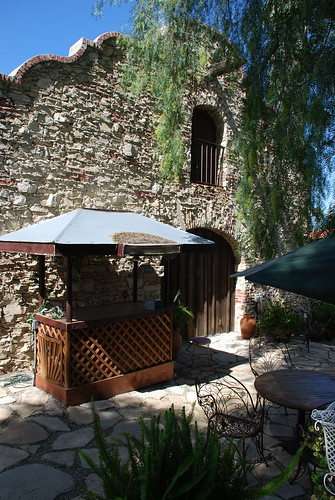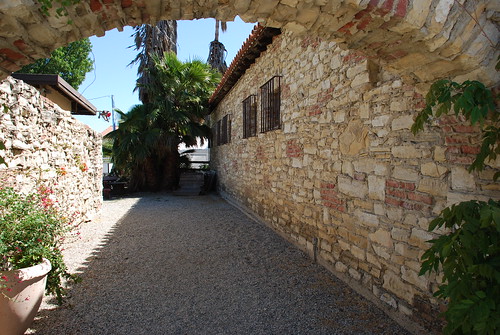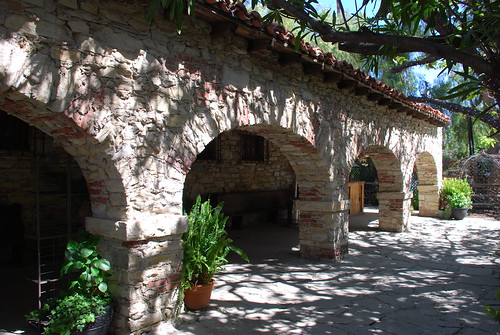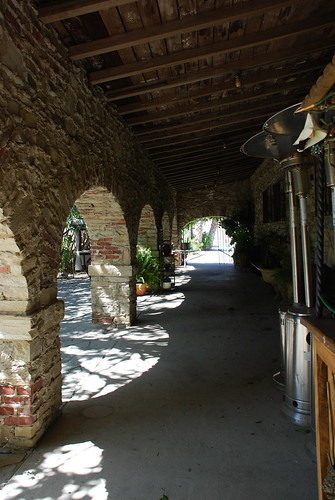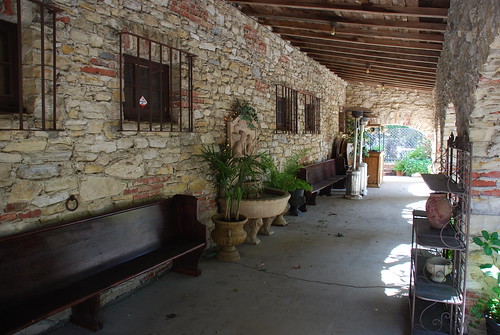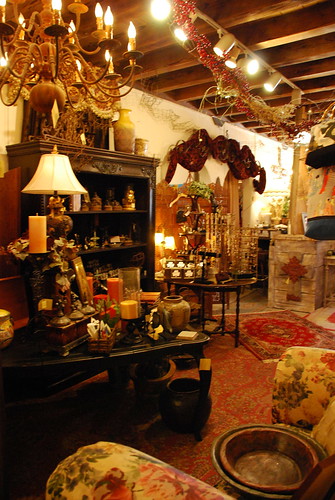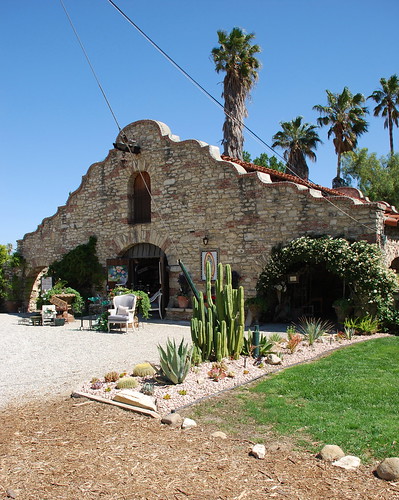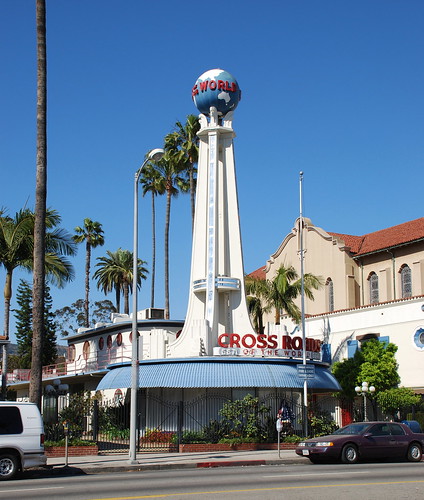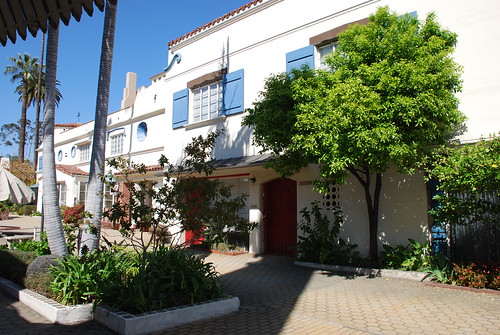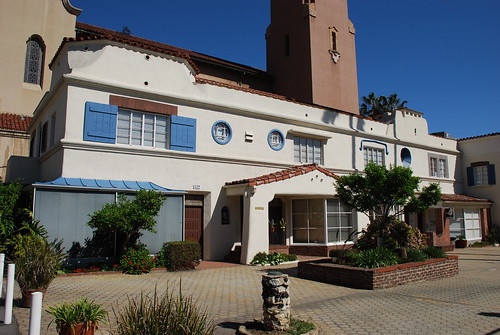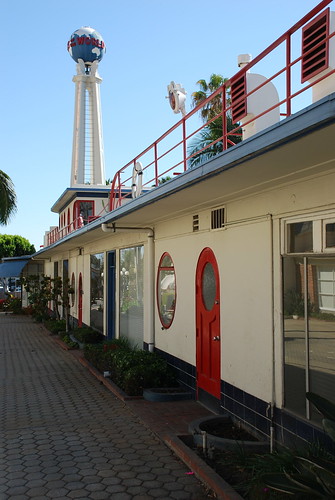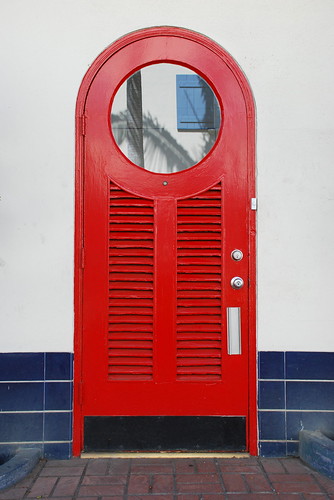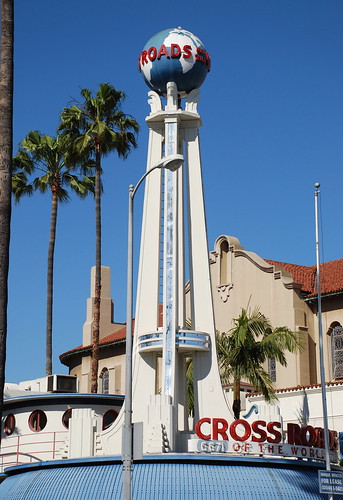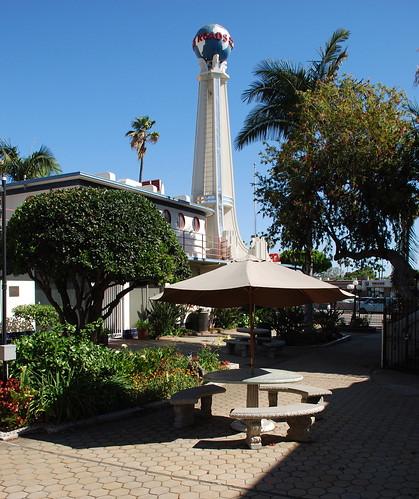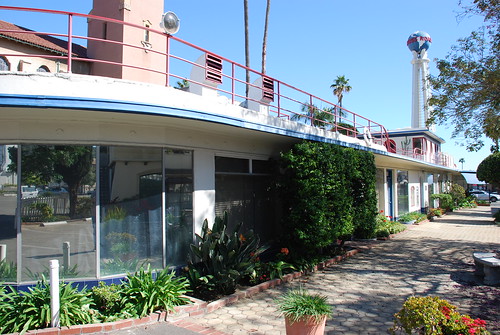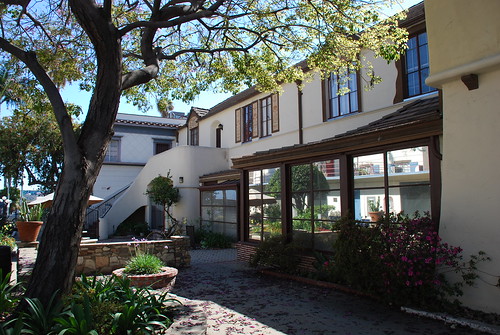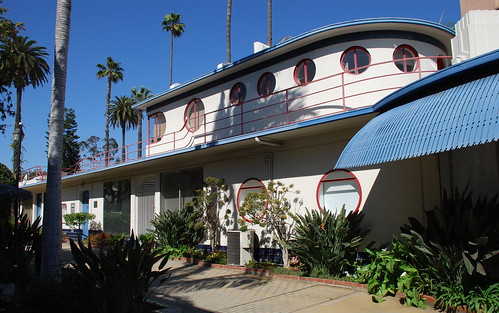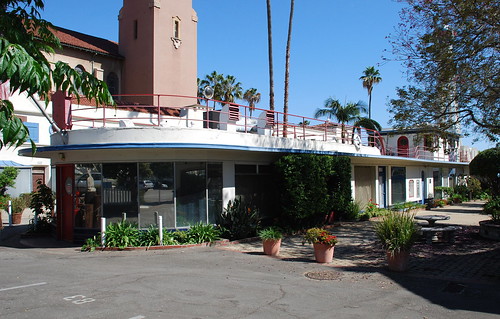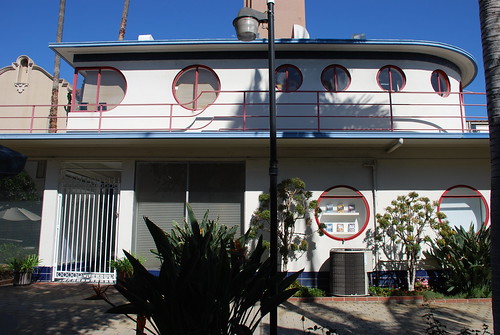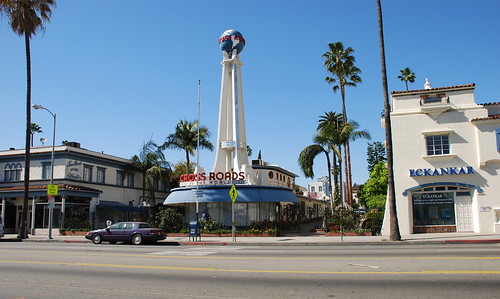Coca-Cola Building
1936 – Robert V. Derrah
1334 South Central Avenue – map
Declared: 2/5/75
What was the deal with Robert V. Derrah and ships?
Architect Derrah created this manufactory for Coca-Cola right around the same time he designed Crossroads of the World, also ship-shaped, on Sunset. For this landmark Coke plant, Derrah built the project around a handful of existing buildings, including the company’s 1927 plant, so I reckon it’s more of a re-design. Streamline Moderne in design, it’s got all the boat things, with portholes, catwalk, promenade deck, hatches, rivets, and the confounded bridge.
Make sure you celebrate Coke’s 122nd birthday next Thursday. May 8, 1886 is the accepted date for the drink’s discovery by Dr John Pemberton in his backyard in Atlanta.
The first Coke syrup plant in Los Angeles opened in 1895. Seven years later, the Los Angeles Times tackled one of big issues of the day with its front-page exposé evocatively titled, “They Thirst for Cocaine.”
Soda Fountain Fiends Multiplying.“brain workers”?
Slaves to the “Coca Cola” Habit.
Los Angeles Physician Says it is as Dangerous as Any “Dope.”
Soda-fountain proprietors struck a bonanza when the drink known as coca cola was introduced, for of all the beverages sprung on a public desiring variety and change it stands first in favor, and its popularity, instead of waning, is on the increase…
A well-dressed business man yesterday dropped into a Spring-street ice-cream parlor, where soda water may be had in all its alluring variety of concoctions. As soon as he had entered the door, one of the white-coated attendants said to another, “There comes one of our coca cola fiends…”
It is perhaps not statistical, but the statement is made that three-fourths of the men who drink soda-fountain concoctions call for coca cola. Also, that of these, a large percentage are brain workers…
… it is conceded by those who understand its nature that coca cola contains a small percentage of cocaine. This accounts, they say, for the hold it has upon its drinkers. It is also claimed that very few women indulge to any great extent.
In September 1915, the company was finishing constructing a brand new, three-story, $35,000 plant at the northwest corner of Fourth and Merrick Streets. It would serve as headquarters of Coke’s west coast’s business. George H. Reed had been running the local operations for more than a dozen years. The new plant replaced the facility at 612 San Pedro Street.
In October 1926, the John M. Cooper Company announced it had recently completed a $75,000 bottling plant for Coca-Cola at the corner at Fourteenth and Central. What’s odd is that six months later, the same outfit announced it was going to start construction immediately on a new plant for the company. The $100,000 factory would be three stories and rise on the northwest corner of Fourth and Merrick – the exact size and location of the 1915 building. Conclusion? Something’s wrong.
In any event, L.A.’s 1929 city directory lists the Coca-Cola Bottling Co. of Los Angeles at its current site, 1334 South Central, at 14th. S.N. Barbee was president, A.P. Pratt served as vice president, and the secretary-treasurer was D.E. Slocum.
I heard a long time ago there are basically three tastes in a cola soda: the cola, citrus, and vanilla. If citrus is your thing, you choose Pepsi, and if you prefer vanilla, Coke’s your drink. All I know is, if all the Coca-Cola I’ve drunk were in 8-ounce contour bottles laid end-to-end, they would reach to the moon and back 1,677 times.
I did call in advance to see if I could get a look inside Monument No. 138. Transferred a few times, I finally wound up leaving a message with the maintenance department. I never heard back and quickly gave up, lacking determination as a rule. Had I gotten inside, I might’ve seen this view, from the city’s Department of Planning website:
One last thing. A Coca-Cola security guard came out when I was taking shots from across the street. A nice guy, just doing his job, of course, but he needed to know the purpose of my taking pictures. “Are you a tourist?” Thinking quickly, I answered, “Yes, I am.” While he was fine with that, I wondered later what would’ve been an unacceptable answer (graffiti artist on recognizance, al Qaeda representative, or Indra K. Nooyi operative) and what my punishment would’ve been (despite its shipliness, the building showed no signs of planks for walking).
Sources:
“They Thirst for Cocaine.” Los Angeles Times; Feb 25, 1902, p. A1
“New Housing for Coca Cola Plant” Los Angeles Times; Aug 15, 1915, p. V1
“Five Structures Finished” Los Angeles Times; Oct 23, 1926, p. E9
“Structure for Coca Cola Company” Los Angeles Times; Apr 3, 1927, p. E12
Up next: Shrine Auditorium
continue reading...
